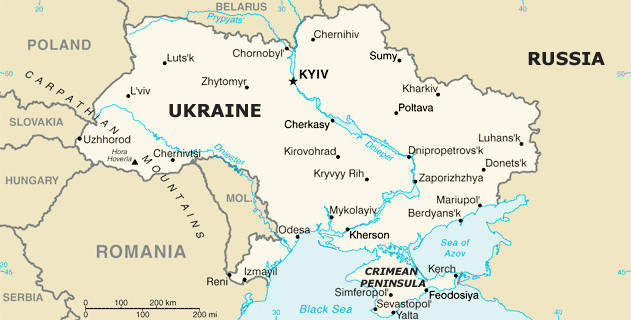JRL NEWSWATCH: “Escalation in the War in Ukraine: Lessons Learned and Risks for the Future” – RAND

(RAND – rand.org – Bryan Frederick, Mark Cozad, Alexandra Stark – Sept. 21, 2023) [Report home page (HTML) – PDF of full report (108 pages)]
“… Further Russian escalation has likely been restrained by three main factors
- … (1) … NATO military capabilities and reactions, (2) concern for broader international reactions, particularly … China’s … (3) … Russian perception that its goals in Ukraine are achievable without further escalation ….
Russian escalation to date has seen limited effectiveness
- …. Instead, they have largely hardened Ukrainian and NATO opposition ….
Further deliberate escalation, including Russian nuclear escalation, is highly plausible
- … Six plausible options for Russian escalation … would have the potential to fundamentally alter the nature of the conflict, ranging from a limited attack on NATO to … nuclear weapons (used) against Ukraine. The most likely potential trigger for Russia … is a perception that battlefield losses are threatening the security of its regime.
Russian nuclear use could be surprisingly extensive
- … [potentially] relatively unrestrained … inside Ukraine.
Inadvertent escalation risks persist
- … as a result of [commonplace] military activities that … happen to lead to different outcomes. The longer the conflict … the more [potential] risks [of that type] ….
Recommendations
- … prioritize maintaining Alliance cohesion regarding … escalation risks …. vital … for ensuring long-term support for Ukraine and … deterrence of Russian aggression against NATO ….
- U.S. and allie[s] … should … evaluate … trade-offs between enhanced support for Ukraine, including … [longer-range] weapons systems … and … escalation risks ….
- … be prepared to interrupt escalatory spirals from more-intensive Ukrainian attacks inside Russia.
- … robustly plan for … respon[ses] to … Russian escalation, including … diplomatic and military communication channels with Russia ….”
